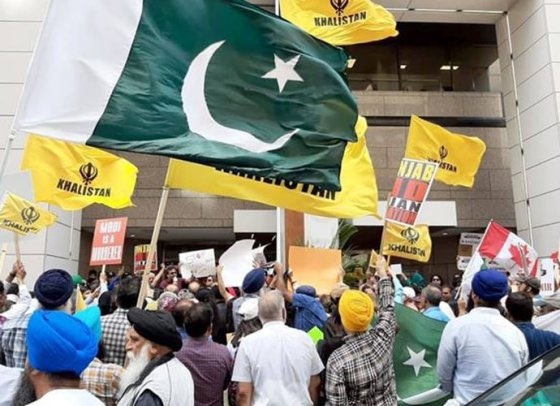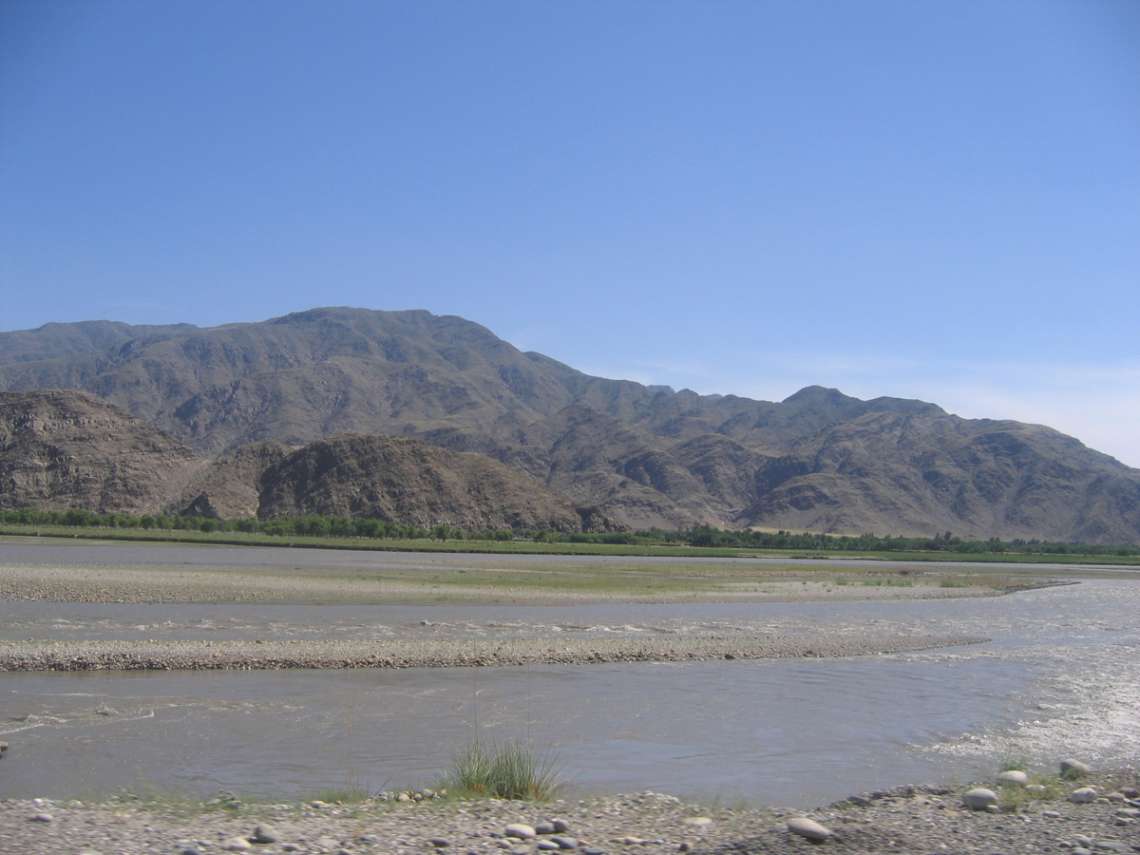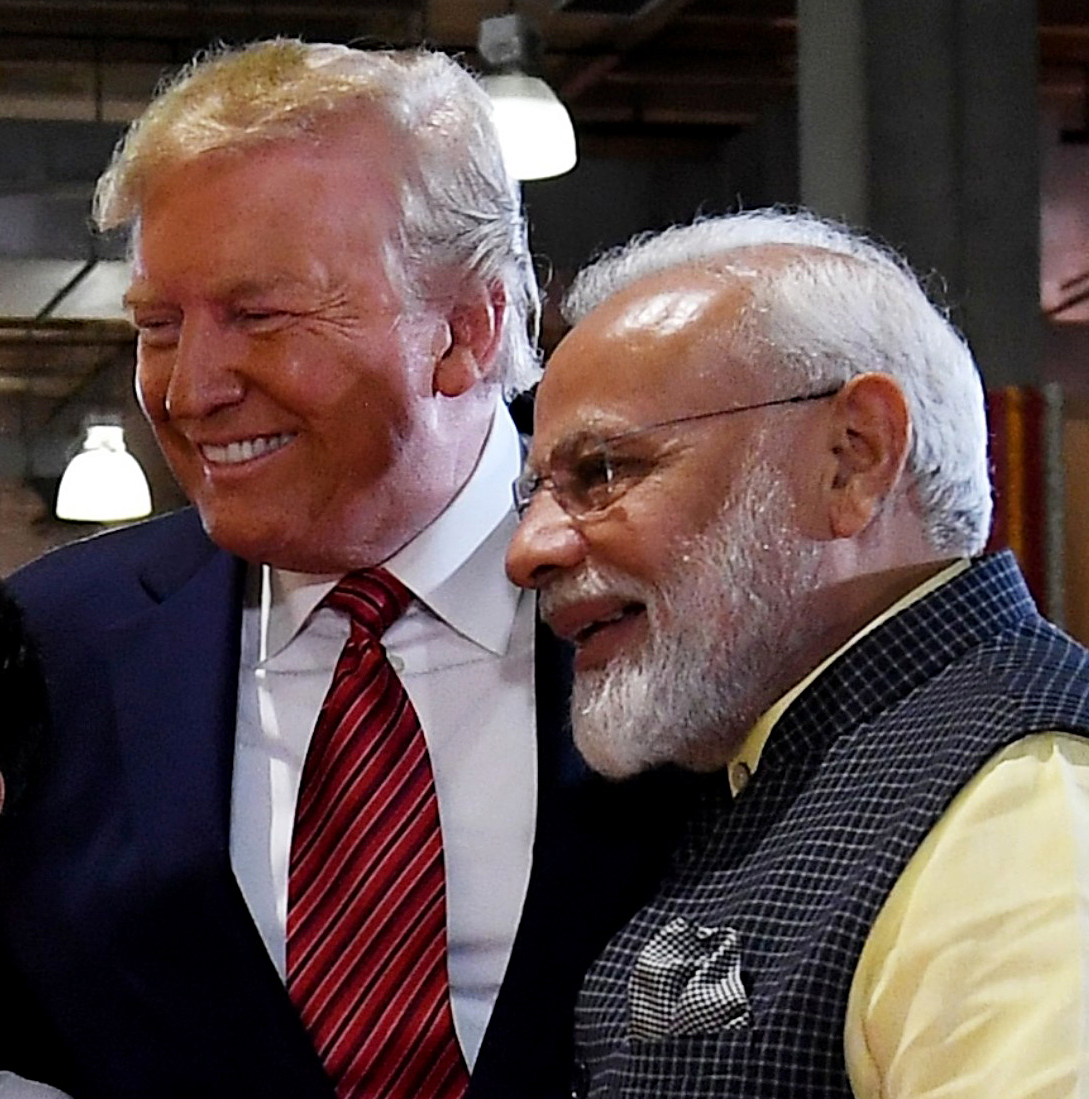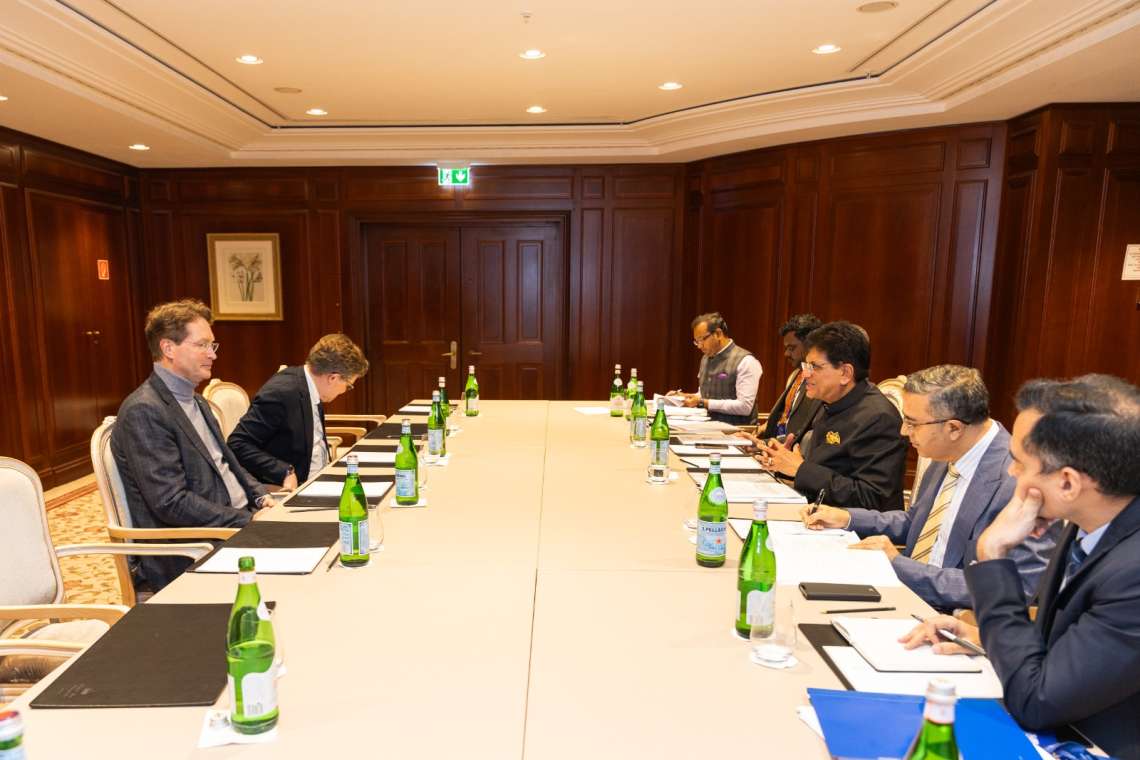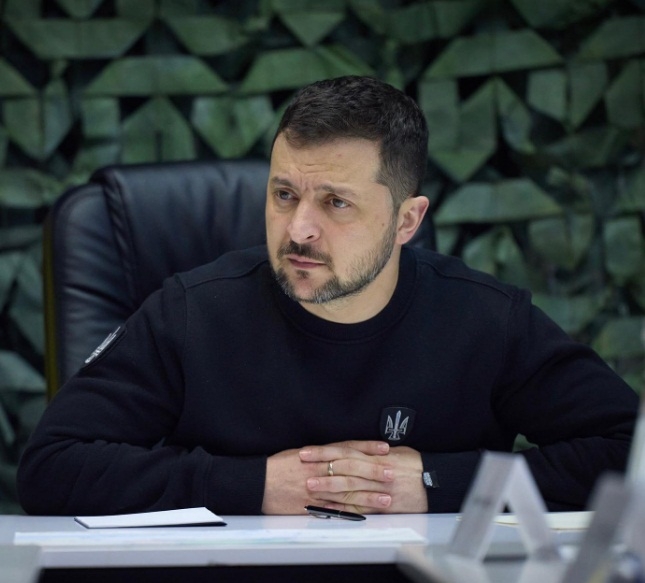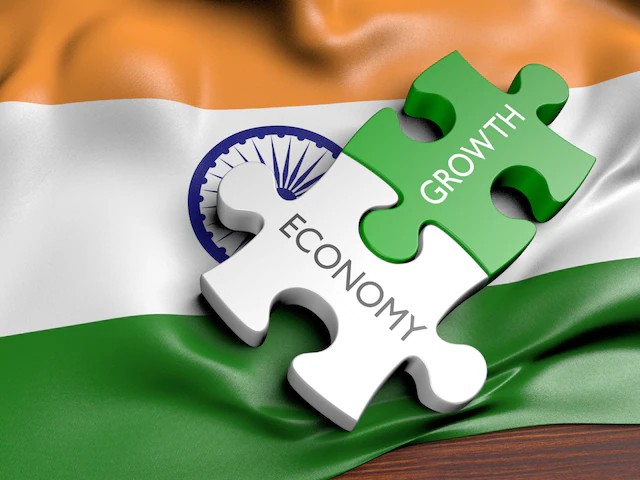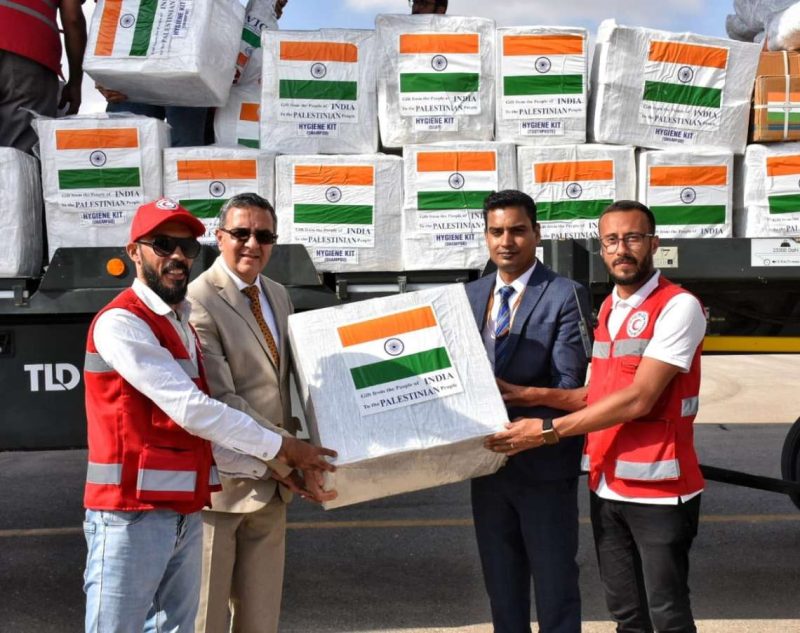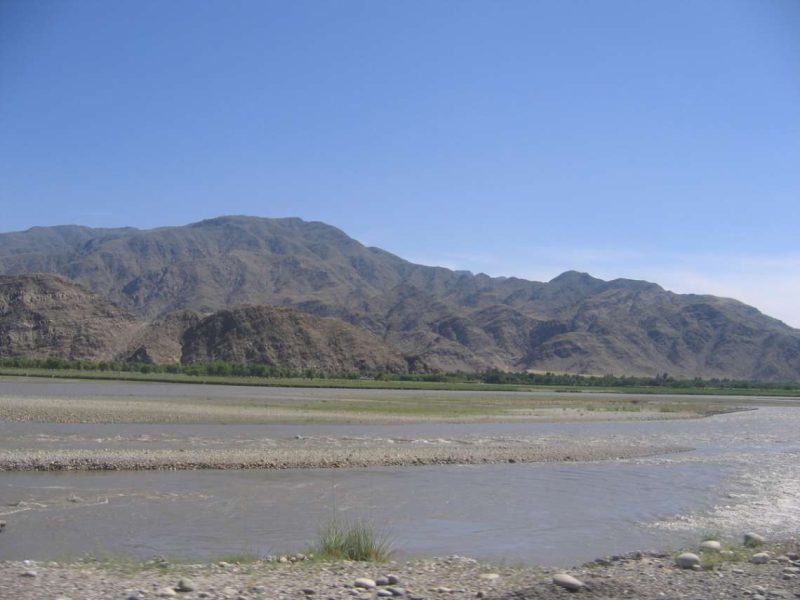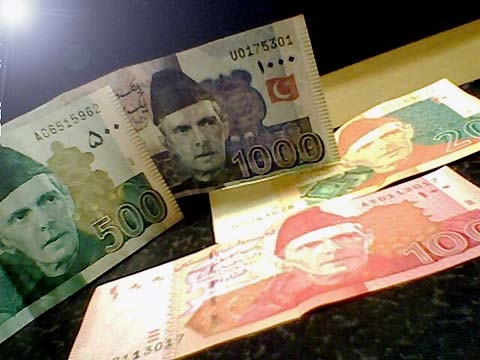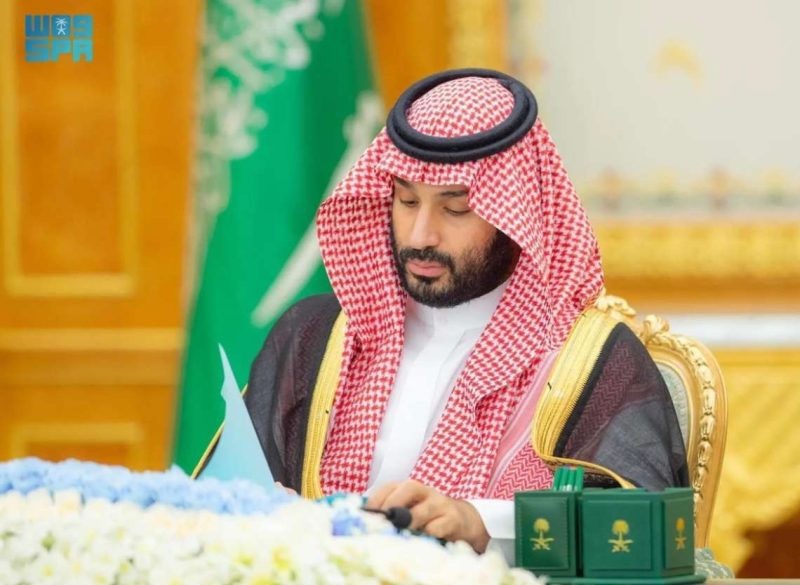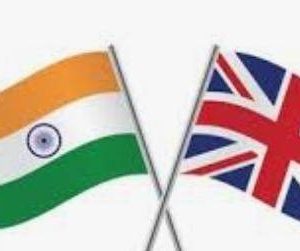Democratic forces at home have to be encouraged to speak up against the subversive call of Khalistan and uphold the unity of India, writes D.C. Pathak
nation can still recall how Punjab was caught in the grip of terrorism in the latter 1980s that could be countered only through sustained use of armed police, socio-political efforts at restoring peace and the diplomatic initiatives taken for mobilising world opinion against the call of ‘Khalistan’.
The environment of hurt feelings amongst Sikhs created by Op Blue Star at the Golden Temple, the rise of Sant Jarnail Singh Bhindranwale as the fulcrum of the ‘Khalistan movement’ in the state, and the full exploitation of the situation by Pakistan which pumped in arms, explosives and trained militants into Punjab had all combined at that time to push the level of terrorist violence all over the state to an unprecedented high with things coming to a pass where people in Chandigarh and Mohali stopped leaving their houses after sunset.
The comprehensive countermeasures of the state did succeed by the turn of the decade — the execution of Operation Black Thunder in 1988, which was based on two fundamental precepts that no policeman would enter the premises of the Golden Temple and no bullet would be fired from outside towards the Temple, played a major part in turning the things around for the eventual return of peace to Punjab.
What really marked the end of the chapter of terrorist violence in the border state was the restoration of Hindu-Sikh unity against the machinations of the external enemy to permanently damage their brotherly relations by instigating targeted killings on communal lines. This ground reality of peace rooted in Hindu-Sikh unity has held on for decades — it found validation in the political alliance between the BJP and Akali Dal in recent times. Punjab happily is once more acknowledged as the prime contributor to the nation’s defence as well as the country’s food economy. The border state however is again being targeted by forces inimical to India.
The situation in Punjab, with its strategic location, is becoming vulnerable in the face of the evil designs of the adversaries to revive the call of Khalistan outside India in the hope that this would produce an induction effect within the state.

The people of Punjab are averse to any disruptive ideas and remain united in faith — being totally devoted to the teachings of Guru Nanak and the recitation of ‘Shabad’ at Gurudwaras. There is complete socio-cultural harmony between Hindus and Sikhs in Punjab as also in the rest of the country. India’s enemies are therefore trying to operate externally to work out ways of injecting trouble in the state from outside.
The Khalistan movement is being revived in the US, Canada, Australia and the UK by enemy agents trying to work in the Sikh diaspora, particularly among the younger generations who had remained somewhat cut off from Punjab, the land of their origin, possibly losing some emotional attachment with India as well. They could fall for the separatist rhetoric more easily particularly when this was backed by the narrative of ‘majoritarianism’ and ‘anti-minorityism’ built against the regime by anti-India lobbies abroad often working with some of the civil society groups at home.
In Punjab, sporadic attempts to use Gurudwaras to revive the Amritdhari cult have come to notice. Isolated incidents of assault on a Granthi or desecration of Guru Granth Sahib have to be guarded against as they could prove to be the flag points for instigated trouble. It is also clearly evident that there is an organised attempt by the adversary to step up the induction of narcotics into Punjab from across the border to increase drug addiction among the youth there making them vulnerable to outside influence and the manoeuvring of enemy agents.
Slowly but steadily the Pak-supported Khalistan movement is raising its head in Sikh diaspora abroad, particularly since 2022. Vandalism against India’s diplomatic missions, defacing of temples and glorifying past incidents pertaining to Khalistan terror in India have been resorted to in a planned manner. These subversive activities abroad have been accompanied by some violent actions on Indian soil as well. There was infiltration of Khalistan elements in the farmer’s agitation of 2020 and on January 26, 2021, some Sikh protestors entered Red Fort and hoisted Nishan Sahib’s flag there.
Meanwhile, Amritpal Singh, a known Khalistan protagonist who had links with the US-based Sikhs For Justice (SFJ), along with thousands of supporters carrying a copy of Guru Granth Sahib and also some firearms, raided Ajnala Police Station near Amritsar on February 23, 2023, and forcibly secured the release of Loveprit Singh Toofan, an aid of Amritpal, arrested earlier in a case of violence.

Amritpal Singh, the leader of self-styled Waris Punjab De, is known to have been trained by Pak ISI and housed in Dubai which is an important hub of ISI. He visited Rode village in Moga district the birthplace of Sant Bhindranwale in an attempt to emulate the latter. He was finally arrested in April 2023 and shifted to Dibrugarh jail in Assam considering his potential for whipping up violence in Punjab.
Apart from spreading the Khalistan movement, Amritpal Singh was actively involved in smuggling drugs into Punjab and promoting addiction amongst the youth of Punjab. All of this proved Pak ISI’s hand behind the revival of Khalistan call in Punjab and the pumping of drugs into the state with the intention of raising a body of addicted youth who would do its bidding in subverting the border state through the separatist Khalistan movement.
The Sino-Pak axis remains hostile to India and has become much more active after the abrogation of Article 370 by the Indian Parliament.
The China-Pakistan Economic Corridor (CPEC) passes through the northern part of PoK and it was vehemently opposed by India. Operational collusion between China and Pakistan against India has lately been reflected in the use of Chinese drones by Pak ISI for dropping arms and narcotic consignments in Kashmir and Punjab.
There are reports of Pak-based Islamic militant outfits being used for building contacts with Sikh extremist elements in Punjab. Pak ISI is likely to repeat its modus operandi in Punjab and do a few things that had helped it in the 1980s to build terrorism in the state. Gurudwaras were used for indoctrinating and even sheltering militants, training in techniques of making IEDs was imparted — cycle bombs made by packing RDx into the cylinders of a cycle and fitting it with a timer became a trademark of terror at that time — and Hindu-Sikh enmity and distrust was whipped up by directing targeted killings of Hindus. Any beginnings of this kind of violence should be promptly noticed.
Pak ISI knows it is not easy to build the Khalistan movement at present but buoyed by the Sino-Pak axis, it is determined to press for it by first promoting the idea outside and using pro-Khalistan groups to inject the same into Punjab. Pak ISI is prompted to concentrate on Punjab in line with its old K2 plan as the Centre had successfully controlled the situation in Kashmir after abrogating Art 370 of the Constitution.
It would be prudent to set off coordinated measures in Punjab to mitigate any chances of the revival of the Khalistan idea in the state.
Punjab needs to be put in charge of a Governor with a national security background who had knowledge of how the terrorist problem in the state was handled in the past. An important function of the Head of the state would be to guide and educate the state government about the operational measures needed to be put in place, particularly in a border state and the socio-political environment that had to be created to mitigate the threat of separatism in the name of Khalistan.

Security of the border state has to be kept above party politics.
Since the adversary this time is using the pro-Khalistan elements abroad to inject violence in Punjab, intelligence coverage of Khalistan groups outside India already identified had to be stepped up further.
India has designated some leaders of Indian origin actively engaged in promoting the call of Khalistan in countries like the US and Canada and all efforts have to be made to get them extradited to India to face legal action.
India has launched a diplomatic effort to counter the anti-India activity abroad and called the ruling elites in the concerned countries to check the same.
Watch on social media used for the spread of Khalistan separatism and indoctrination of youth has to be intensified and effective action taken particularly against insiders colluding with such activity — under the new Penal codes passed by the Parliament in December last year.
Democratic forces at home have to be encouraged to speak up against the subversive call of Khalistan and uphold the unity of India. We have to be ahead of the troublemakers within the country or outside in countering any threats to national security, integrity and sovereignty.
(The writer is a former Director of the Intelligence Bureau. Views are personal)
ALSO READ: Sri Lanka keen to join BRICS, seeks India’s backing


